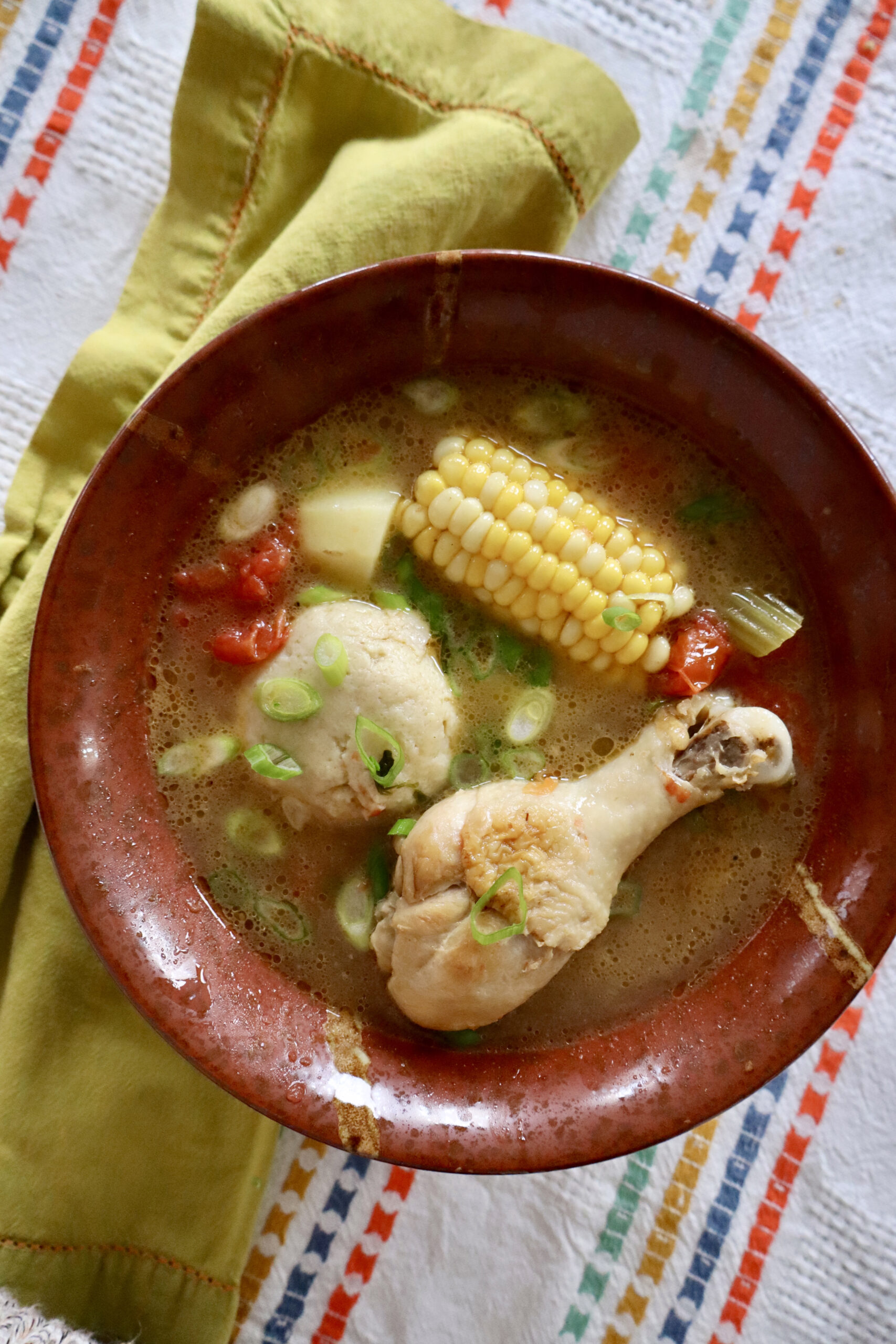What makes a fish taste Jewish?
For some, the immediate answer will be pickling and a former home in freshwater. For others, the fish must be salmon-colored and, of course, smoked. For others still, Jewish fish is carp—poached, sweet, and served cold. For Jews in Jamaica, however, the fish will be whole and therefore small. Lightly fried, it will then soak in vinegar with thin slices of white onion and habanero peppers, grated carrot, sprigs of thyme, whole coriander seeds, and allspice balls. For the Jewish Colombians, add lemon.
What accounts for the range?
When describing how Jewish communities have embraced or resisted being changed when making homes in new and different circumstances, commentators typically turn to the metaphor of the bubble or the sponge.
What accounts for the range?
When describing how Jewish communities have embraced or resisted being changed when making homes in new and different circumstances, commentators typically turn to the metaphor of the bubble or the sponge.
 In the first, a fragile and transparent but definite outer boundary insulates the (singular) Jewish community. It can see out and be seen but moves intact through a range of times and places. The bubble would burst if it actually landed and so Jewish people remain Jewish by avoiding becoming like others in their midst.
In the first, a fragile and transparent but definite outer boundary insulates the (singular) Jewish community. It can see out and be seen but moves intact through a range of times and places. The bubble would burst if it actually landed and so Jewish people remain Jewish by avoiding becoming like others in their midst.
In the second model, we Jews are defined by our porousness, by unqualifiedly absorbing whatever is in proximity to us. The absence of any outer boundary amounts to an essential orientation of assimilation and openness. Who we are, in terms of any specific content, necessarily shifts with the circumstances in which we find ourselves.
But there is and has been another alternative, one evident in the range of ways to make your fish taste Jewish and in cookbooks like Claudia Roden’s The Book of Jewish Food: An Odyssey from Samarkand to New York.
Called creolization, it offers a more accurate account of how Jewish communities have remained distinctively Jewish as they have become local to a variety of different parts of the globe. As my husband, Lewis Gordon, often emphasizes: for non-Eastern European Jews, Eastern European Jews seem very Eastern European. For non-Indian Jews, Cochim appear very Indian. But these ways of being local are salient precisely because we also recognize the Jewishness of and in each.
For those who understand Jewish strength as purity and any break from how things were done as dilution or pollution, the historical range of ways of being Jewish is a liability. For them, to be Jewish is to carry on the one, most familiar branch of a far vaster Jewish genealogical tree—to taste Jewish, the fish will be poached and served cold.
But there is also a way of being who we are in and through our relations with others. We might best express core Jewish values by adopting symbols and elements of ritual local to Istanbul, Albuquerque, or Kaifeng, Prague, Mbale, or Santiago. These might offer us the possibility of continuing who we have been through what is new.
Products of creolization typically pose a fundamental challenge to our previous self-understandings. They unsettle us because while they implicate us as Jews—they too are expressions of who we are—they take forms and suggest future trajectories that our standard conceptions of our people’s past and present would not have anticipated.
That Judaism is thoroughly creolized is not new. What, after all, were the Roman Judaism of Josephus, the Andalusian Judaism of Moses Maimonides, and the American Judaism of Abraham Joshua Heschel?
What is novel is the opportunity to look into the refracted mirror of our 21st-century community and to grapple with what it means for who we want to become. We would do well to add to the models of the bubble and sponge, the creolizing quality of our Jewish past and present.







